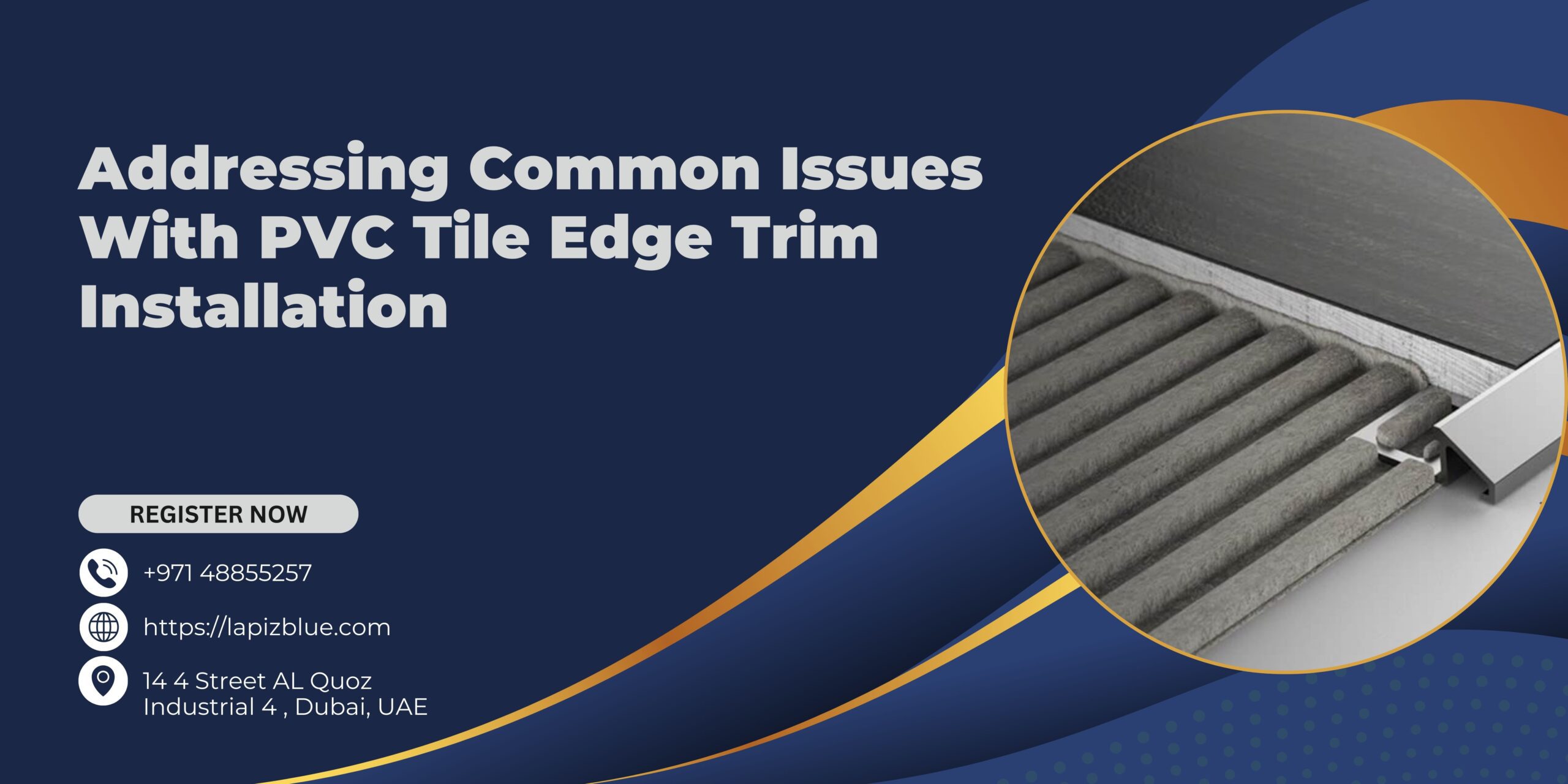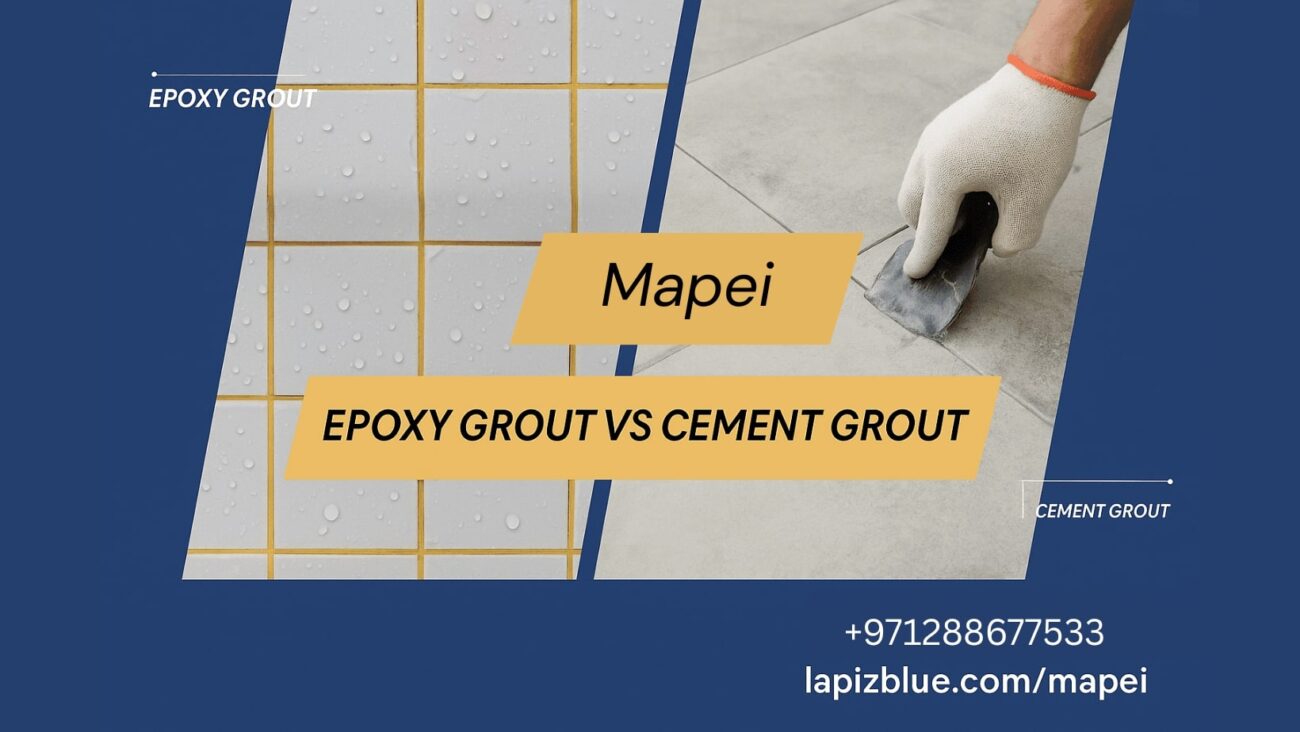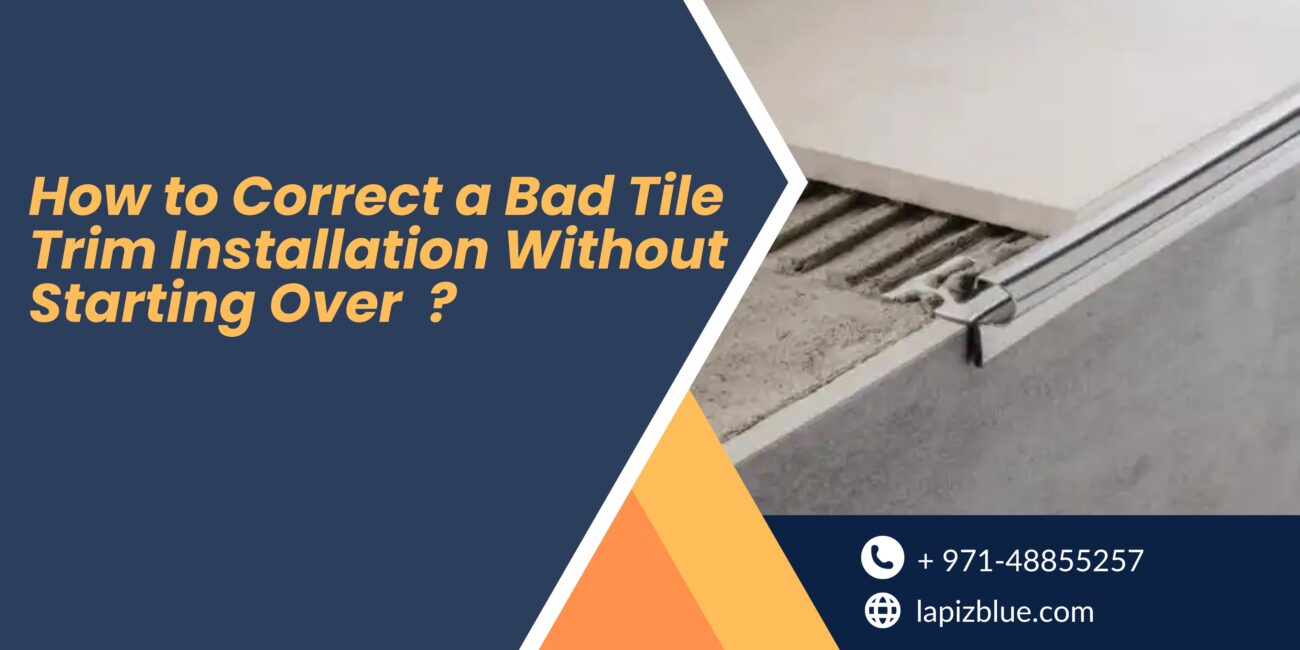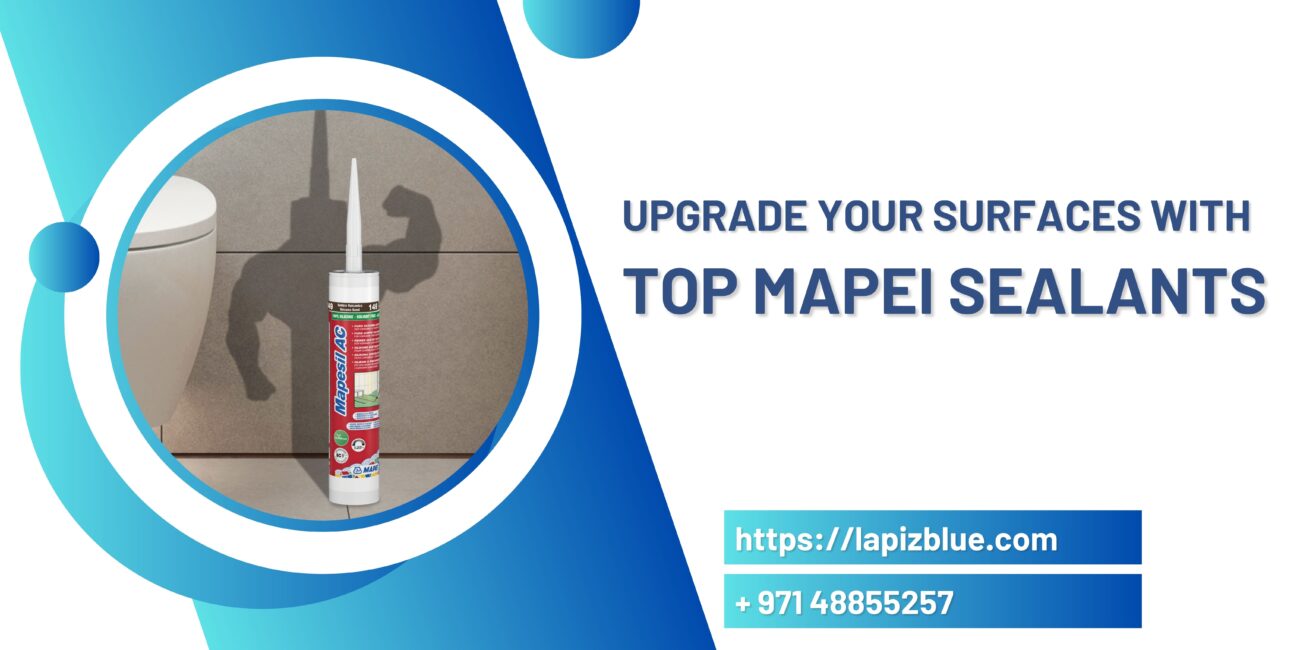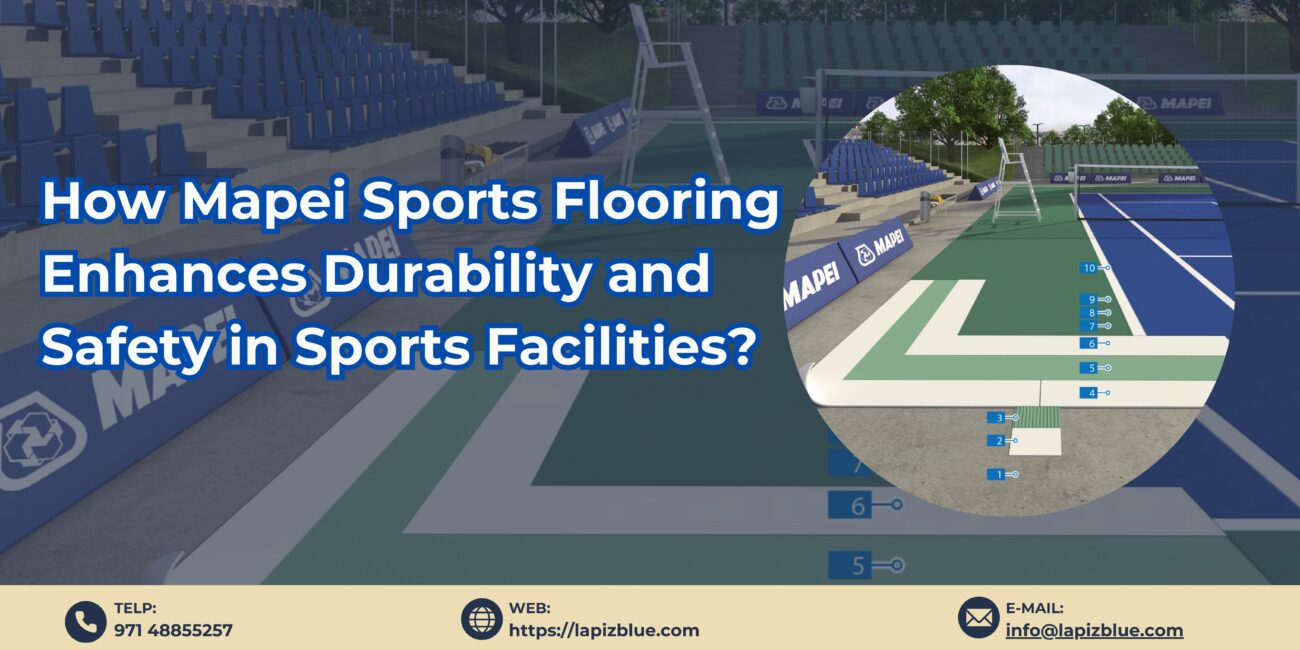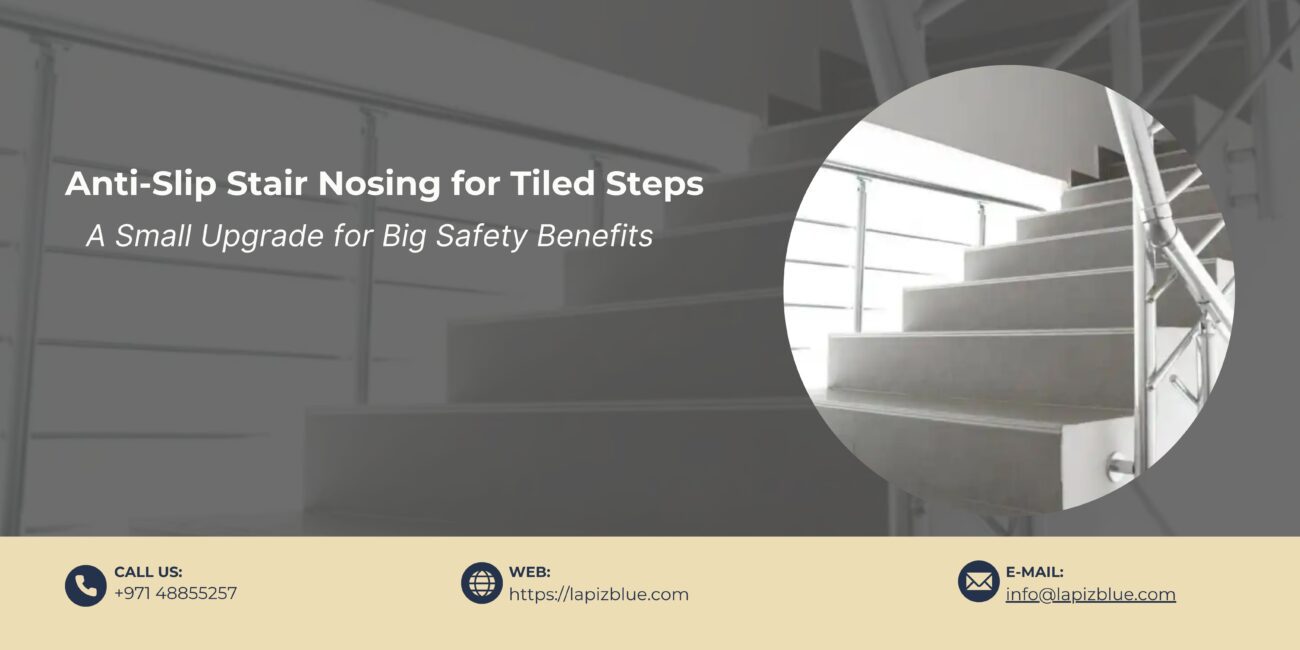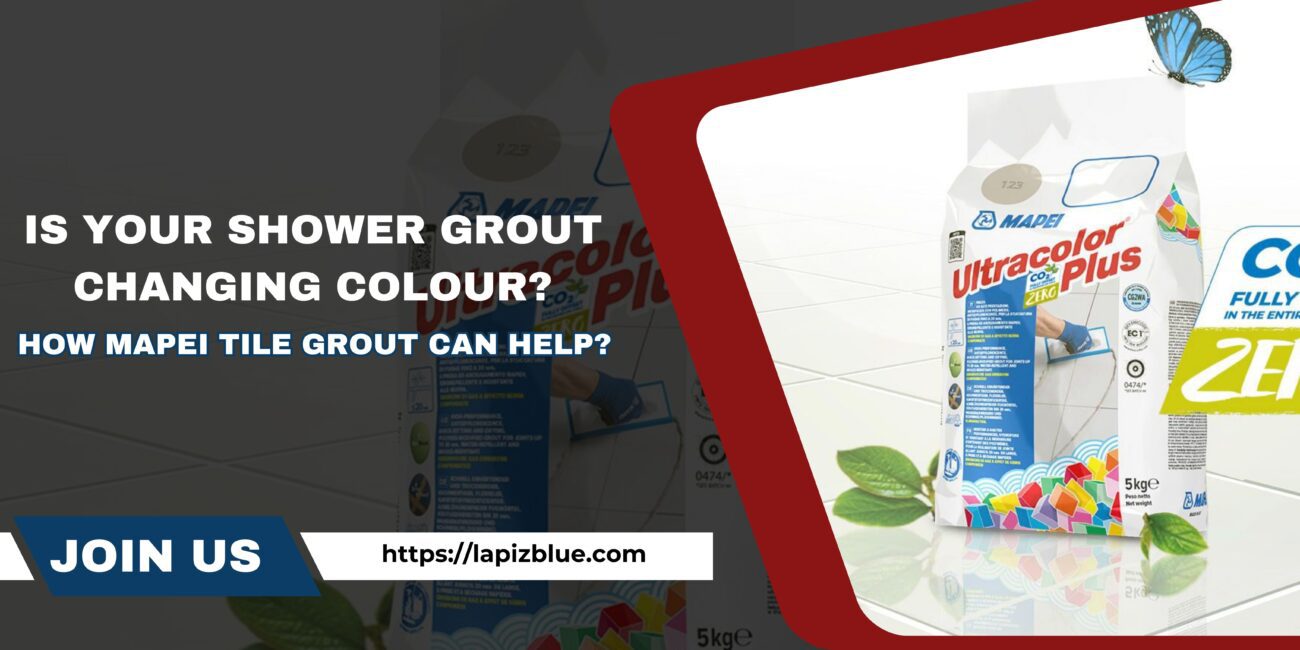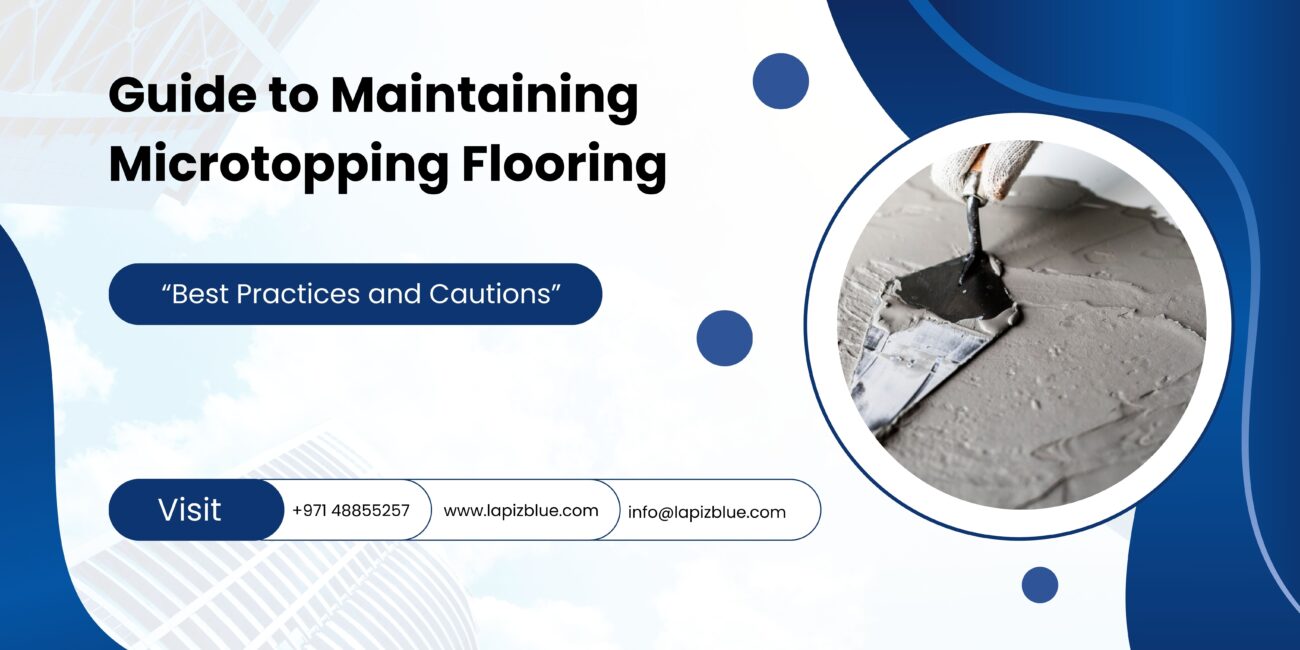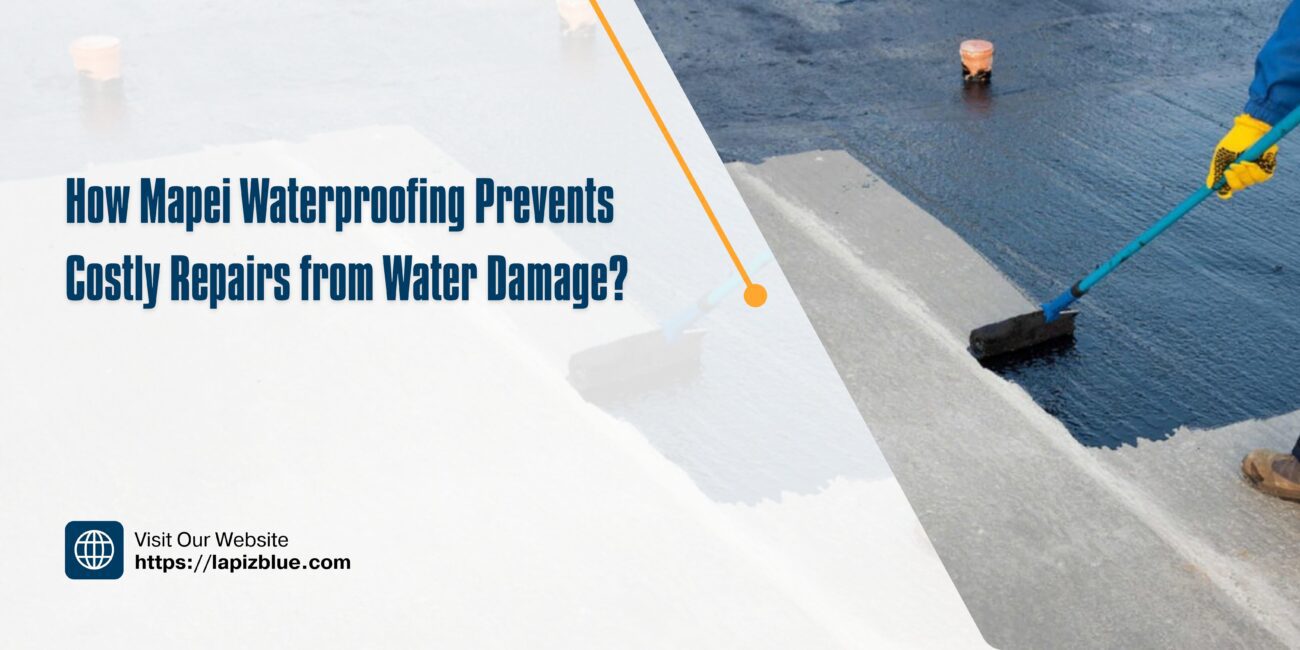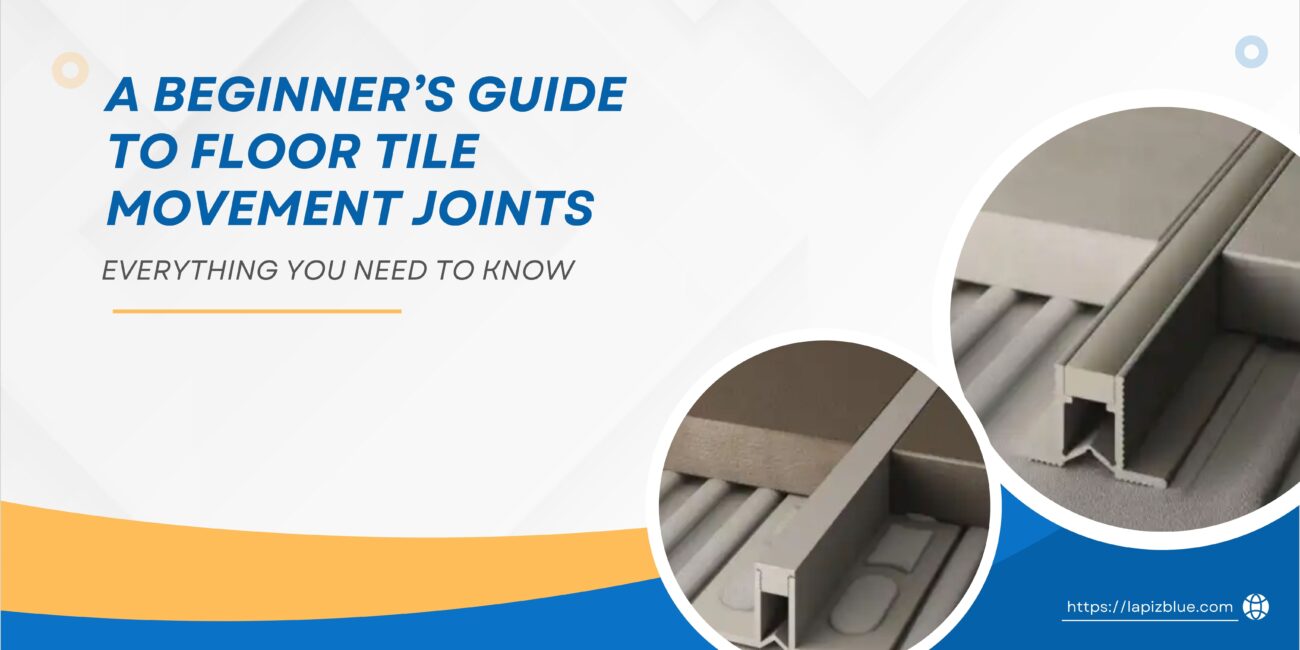PVC tile edge trim is a practical and cost-effective solution for finishing tile edges in various applications. Its durability, versatility, and ease of installation make it a popular choice. However, issues during installation can impact the appearance, functionality, and longevity of the finished project.
Here’s a detailed guide to identifying, resolving, and preventing the most common problems associated with PVC tile edge trim installations :
1. Trim Height Mismatch
A frequent challenge is selecting PVC tile edge trim that does not align with the tile thickness. When the trim lip is too high or too low compared to the tile surface, it creates an uneven and unappealing transition.
To resolve this issue, ensure the trim height matches the tile thickness. PVC tile edge trims are manufactured in varying heights to accommodate different tile sizes, and careful measurement is essential during the selection process. If mismatched trim has already been installed, correcting it may involve removing the last row of tiles and replacing the trim with the correct size. This step, though inconvenient, is necessary for a smooth, professional finish.
2. Improper Alignment and Uneven Transitions
Uneven transitions between the tile and the PVC tile edge trim often result from excess adhesive or improper installation techniques. Misaligned trim or tiles can lead to visible gaps, inconsistent edges, or a lack of cohesion in the final appearance.
To avoid this, the installer should apply adhesive evenly and use spacers to maintain uniform alignment. Frequent checks with a level ensure consistency throughout the installation process. If the problem is detected after installation, it may be necessary to adjust the adhesive or reseat the trim. Reapplying grout can also help conceal minor gaps and create a seamless transition.
3. Aesthetic Concerns with PVC Tile Edge Trim
Aesthetic issues can arise when the PVC trim does not complement the tile or the overall design of the space. Poor color choices, mismatched profiles, or visible seams can detract from the project’s visual appeal.
Choosing the right trim profile and color is crucial. Consider the design and intended function of the space when selecting trim. For example, sleek and minimal profiles work well in modern settings, while more decorative trims may suit traditional interiors. Avoid shortcuts in product selection, as higher-quality trims provide a more polished and durable result.
If aesthetic issues become apparent after installation, solutions include using color-matched grout or caulk to blend transitions and improve the overall appearance. In some cases, replacing the trim with a more suitable option may be necessary.
4. Durability and Long-Term Performance
PVC trims are generally durable, but their longevity can be compromised by improper installation or unsuitable product selection. Moisture exposure, impacts, and temperature fluctuations are common factors that lead to wear and tear, discoloration, or detachment over time.
To enhance durability, use trims specifically designed for the environment. For high-moisture areas such as bathrooms or kitchens, ensure the trim is resistant to water damage and temperature changes. Proper sealing, particularly in joints and corners, prevents water infiltration and prolongs the trim’s lifespan. Regular maintenance, such as cleaning and inspecting for signs of damage, ensures the trim remains in good condition.
5. Gaps and Joint Spacing
Gaps between the tile and the trim are often caused by trims lacking integrated spacers or by inconsistent tile placement. These gaps can collect dirt, water, or debris, reducing the project’s overall quality.
To prevent this, use PVC trims with built-in spacers that ensure a uniform grout joint. These trims allow tiles to sit correctly within the trim channel and provide space for grout application. If gaps are already present, applying grout or caulk in the joint can help fill the space and protect against water or debris intrusion.
6. Communication Challenges with Contractors
Homeowners often feel hesitant to address concerns with contractors, especially if corrections require rework. Poor communication during the planning or execution phases can result in installations that do not meet expectations.
To address this, clearly outline requirements and expectations before the project begins. Share detailed measurements, product preferences, and design goals with the contractor. Request product samples to visualize the materials and approve them before installation. If concerns arise during the project, discuss them immediately to avoid larger issues later. In cases of unresolved disputes, seeking input from an independent expert can provide clarity and resolution.
7. Repairing and Replacing PVC Tile Edge Trim
In cases where issues persist or new problems arise over time, addressing them promptly ensures the project remains in good condition. Minor repairs include resealing joints, reapplying grout, or adjusting adhesive. For significant issues such as trim detachment, discoloration, or mismatched heights, replacing the affected section of trim may be necessary.
When replacing trim, take care to remove the surrounding tiles and adhesive gently to prevent damage. Reinstall with the appropriate product and follow best practices to avoid recurring problems.
Best Practices for PVC Tile Edge Trim Installation
To ensure a flawless PVC tile trim installation, follow these best practices:
-
Measure Accurately: Take precise measurements of tile thickness and edge dimensions before purchasing trim.
-
Select Suitable Products: Choose PVC trims designed for the specific application and environment. Verify the trim height, profile, and finish align with the project requirements.
-
Use Quality Adhesives: Ensure the adhesive is appropriate for both the trim and tile materials. Avoid excess application to prevent misalignment.
-
Maintain Consistency: Use tools like levels, spacers, and alignment guides to ensure uniformity throughout the installation.
-
Prioritize Sealing: Seal all joints, corners, and edges effectively to enhance water resistance and durability.
-
Communicate Effectively: Maintain open and transparent communication with contractors to align on expectations and resolve concerns promptly.
Conclusion
PVC tile edge trim is an excellent solution for achieving a clean and professional finish in tile installations, but it requires careful planning and execution to deliver optimal results. From selecting the right trim and adhesive to ensuring proper alignment and sealing, every detail matters. By understanding common challenges and their solutions, homeowners and contractors can work together to create durable and visually appealing tile installations that stand the test of time.
For reliable and durable solutions, consider LapizBlue’s listello tile trims. Offering a range of high-quality options, including PVC, our trims ensure a seamless, stylish finish while protecting your tile edges.
Need help with your tile trim installation? Contact us today to get expert advice and the best trims for your project!

